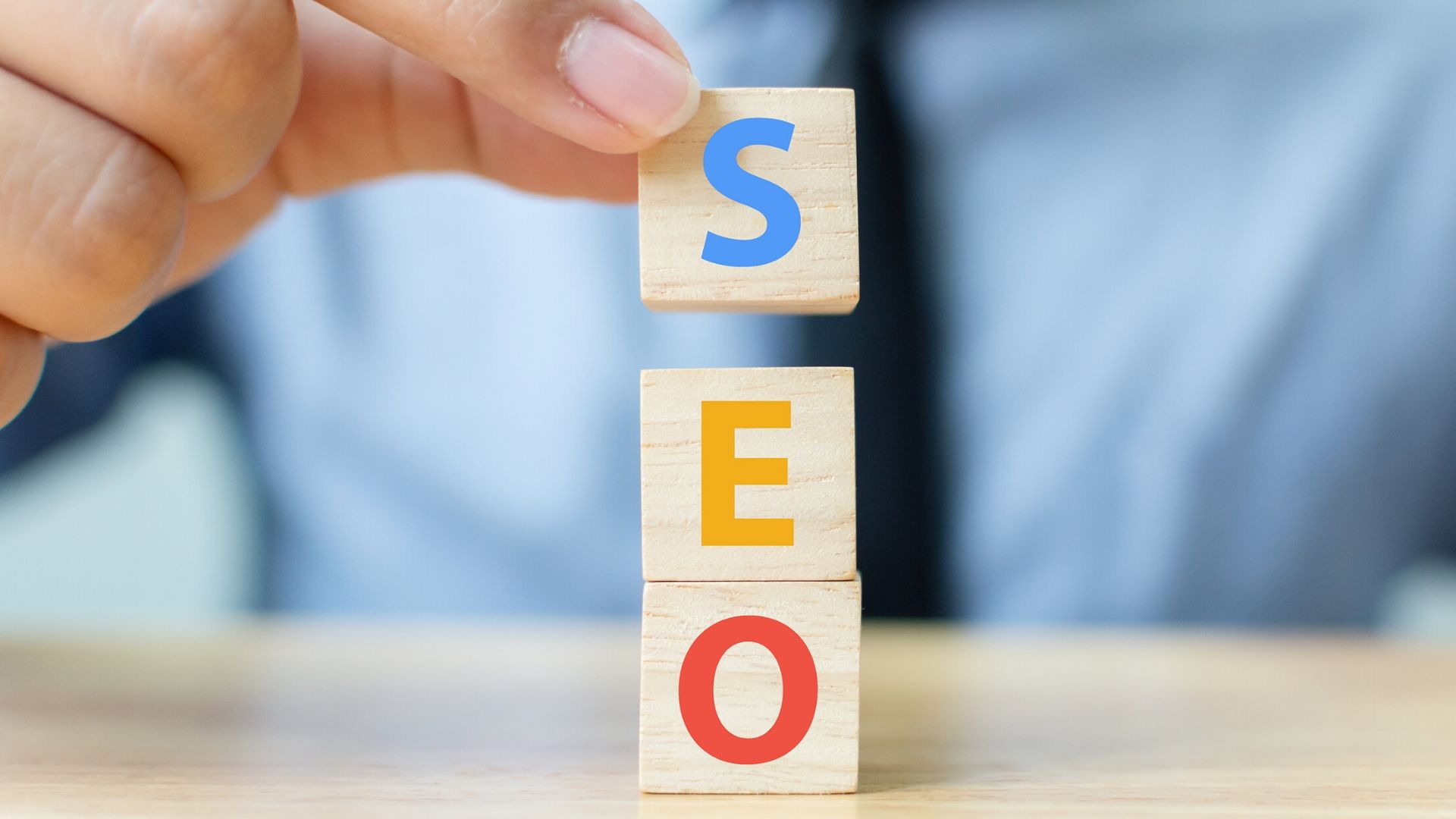Welcome to the Roaring Twenties 2.0, where we host LAN parties instead of Gatsby-style blowouts, and digital marketing has overtaken the paper advertising industry. Whether you’re a huge business or a local store that’s just starting out, you need to know the most important SEO ranking factors as we ring in the new decade.
If you’re new to the concept, here’s a quick breakdown: SEO is an acronym for “search engine optimisation” and refers to the practice of optimising all aspects of your website to make it easier for the right customers to find you online. Google has over 200 SEO ranking factors that are in constant shift, so the best SEO is flexible enough to keep up with those changing tides.
Let’s take a look at the top five factors that will affect how your website ranks this coming year to help you navigate these often-murky waters with ease.
Content Remains King
Google’s watchword is “relevance”. The main goal of the search engine is to connect its users with the exact information they are searching for. In order to do that, Google needs to point its users content that satisfies user intent.
When creating content, make sure that it’s what it claims to be.
This comes down to one thing: keywords. Your keywords are your golden thread and should be present in every aspect of your writing. Your title, your metadata, the content itself—if they keyword and any related keyphrases are present in all of these, Google is assured that the content is relevant to someone searching for that keyword, and bump up your ranking.
Beware the dreaded keyword stuffing! The content should be thorough, of a high-quality, and make sense to a human reader. Use media aside from text to create an optimal user experience, and err towards conversational language where you can, as this is how people phrase their search queries these days.
Links 2: Electric Boogaloo
Internal links and external links work together to create a website with well-distributed equity, and to make sure that Google bots can find every page on the website.
Internal Links
Let’s start with internal links.
An internal link is a hyperlink that points to another page on the same website or domain, and it impacts your ranking in a couple of ways.
First, it takes the equity of one page and distributes it to the one being linked to, which means that all of your pages have a better chance of being ranked. Secondly, it helps Google’s tiny little minions to find all of the pages in the website’s structure.
If Google can’t find the page, then it doesn’t get indexed, so internal links are truly your best friend. Make sure not to go overboard, and to only create pages that contain unique content and will be relevant to your user.
Backlinks
A backlink is a crucial part of SEO. It is a link to your website from another website, and can either add to or detract from your page’s ranking. Each domain has a backlink profile, which is a list of websites that are pointing to your page. Sounds good right?
Well, not always.
Some sites are toxic, sporting a low domain authority and therefore dragging your page down along with it. Others are high-authority, and a link from them can help to bump up your ranking. You want more of the latter and none of the former, so the key is to conduct an audit of your backlink profile and weed out any suspicious links. Take the time to construct a strong backlink profile and your page will be seeing better days on SERPs sooner rather than later!
Mobile Optimisation is Key
Google uses “mobile-first” indexing. That is to say, their algorithm is configured to prefer websites that are mobile-friendly, making it a major SEO ranking factor. This is a fact that often gets swept under the rug, but it’s crucial to maintaining a stable position on the SERPs.
According to Statista, 4.07 billion out of 4.8 billion active Internet users in 2019 used mobiles to access the Internet. In addition, voice search applications like Siri and Google Assistant make mobile search a priority in the Internet realm. Therefore, Google prioritises mobile compatibility, and so should you.
Now is the time to make sure that your website is mobile-friendly, and that the page load speed is, at best, 3 seconds maximum. Staying on top of mobile performance will increase site visitors, and indirectly boost your site’s SEO performance as well.
Page Speed
Google measures page speed by seeing how long it takes for the page to load the first byte of information, but your users will interpret it in terms of when the first viewable content is visible. If you’ve ever sat and waited for a slow page to load, then you know how frustrating it is. Users will often leave the page and move on to a faster one. Doing this increases your website’s bounce rate, which indicates to Google that your website’s performance is lacking.
Slow page speed also impacts on crawlability. The crawl bots have a limited “budget” for crawling each site, and if it takes too long to load some of the pages then they’ll simply get left out.
You can measure your page speed using Google’s PageSpeed Insights, and it can give you recommendations to improve the speed, so head there now to make sure you’re not losing bots and users.
Site Architecture
Good site structure results in user experience because it means that the person navigating your site can find whatever they are looking for by using a logical sequence to follow the architecture. If your user can find what they are looking for, it means that they will stay on the site for a long time (i.e. “dwell time”). If dwell time is high, Google takes this to mean that the site provides good user experience, and will, therefore, rank it higher on its results page. This is why SEO specialists count site architecture as among the top SEO ranking factors.
Site structure also has an off-page effect on your SEO, particularly on the SERPs. How? Well, in order to index your webpage and show it to users, Google first has to be able to see it. When Google’s bots are able to access all of the content on your page and index it for display on a SERP, we call this “full crawlability”. A good site structure can guide these bots through your website’s individual pages by following the links between pages, and shows Google that your site has a great structure.
If that happens, Google may award your result on the SERP with links to your top-level pages, displayed below the main URL, as in the image below. This helps to direct users to relevant content as fast as possible, and it’s a huge SEO benefit for your site. So, never underestimate the site structure’s importance!
Keep up to date with the Internet’s latest turnings.
Get more great information like this from Pure SEO, New Zealand’s most accredited SEO agency! Simply subscribe to our newsletter and get the down-low straight to your inbox today.

